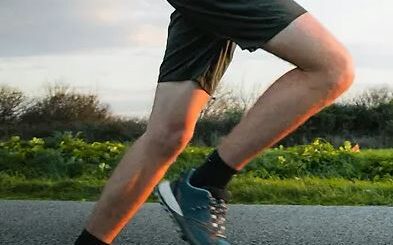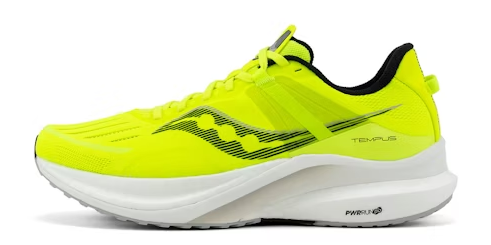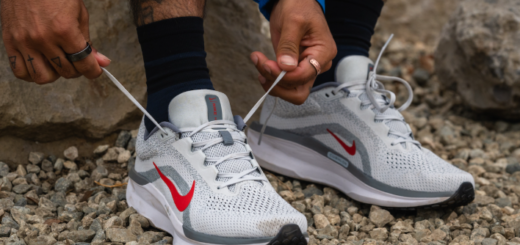Finding the Perfect Marathon Running Shoe for 2025
Running a marathon is a monumental physical challenge that requires endurance, strategy, and gear that supports the effort from start to finish. When it comes to your footwear, simply having a comfortable shoe isn’t enough. The right marathon shoe must deliver on cushioning, propulsion, fit, and durability — all tailored to your unique gait and running style.
Whether you’re training for your first 26.2 miles or chasing a personal best, selecting the right shoe is critical. Your choice might lean towards a plush, cushioned option that eases training impact, a responsive race-day shoe engineered for speed, or a structured model that offers stability to correct overpronation.
After extensive testing and performance evaluation, we present the top marathon-ready running shoes of 2025 — each selected to suit different types of runners and needs. If you’re new to distance running or unsure which model suits you, be sure to read through the buyer’s guide following the reviews.
Top Marathon Shoe for Elite Performance: Nike Alphafly 3
For runners who aim to push the pace and demand the best in racing technology, the Nike Alphafly 3 remains at the forefront. This shoe continues the legacy of its predecessors with cutting-edge innovation designed to maximize running economy.
The dual Zoom Air pods under the forefoot create an ultra-responsive ride, while the full-length carbon plate and ZoomX midsole compound add exceptional bounce and propulsion. The updated Atomknit upper provides a secure fit with a featherweight feel, making it an ideal pick for those aiming to break personal or course records.

Ideal for Forefoot and Midfoot Strikers: ASICS Metaspeed Sky Paris
Forefoot and midfoot strikers benefit most from shoes that complement their natural gait by offering propulsion from the front of the shoe. The ASICS Metaspeed Sky Paris is engineered for just that.
With its responsive FF Blast Turbo foam and aggressive toe spring, this model encourages quicker turnover and supports a powerful stride. The minimal upper reduces weight without compromising hold, and the carbon plate is tuned to complement mid-to-forefoot transitions. It’s especially effective for competitive runners who tend to lean forward and rely on the front foot for drive.
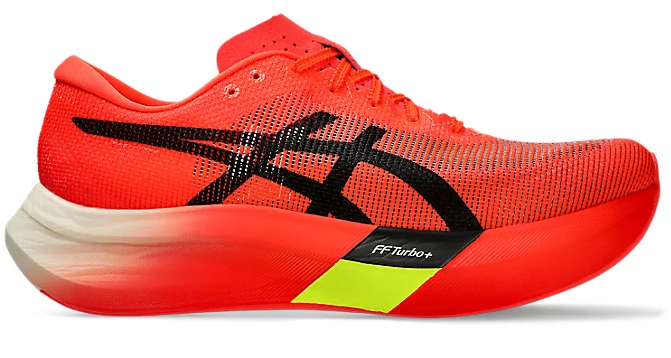
Best for Runners Who Land on Their Heels: Saucony Endorphin Pro 4
Heel strikers need a shoe that offers shock absorption at the rear while ensuring a smooth transition forward. The Saucony Endorphin Pro 4 meets that demand with its dual-layer PWRRUNPB midsole foam, which cushions impact without sacrificing responsiveness.
This version also introduces a refined SPEEDROLL geometry, promoting a natural rocking motion that eases the stride from heel to toe. The carbon plate embedded between the foam layers supports propulsion, while the FORMFIT upper adjusts to the shape of your foot, improving comfort on long runs.
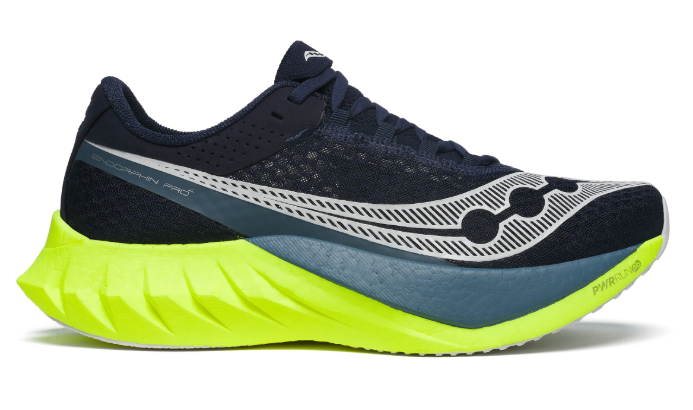
Best for Comfort and Long Miles: New Balance FuelCell SuperComp Elite v4
Marathon training involves long weeks and longer runs. The New Balance FuelCell SuperComp Elite v4 is crafted to provide exceptional comfort over the miles, making it a great choice for both training blocks and race day.
Its dual-density FuelCell midsole offers soft landings and energetic returns, while a strategically placed energy arc plate enhances forward motion. The breathable engineered mesh upper wraps securely without feeling restrictive, and the padded tongue and collar help minimize discomfort on longer runs. This is the shoe for those who prioritize cushioning without compromising on speed.
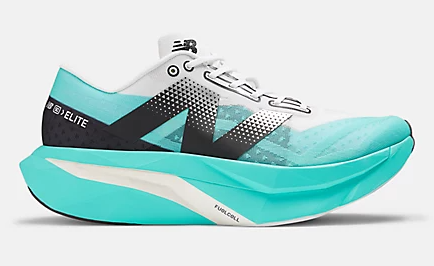
Outstanding Grip and Traction: Adidas Adizero Adios Pro 4
A marathon shoe’s outsole might seem like an afterthought, but for runners dealing with wet roads, sharp turns, or uneven pavement, traction is crucial. The Adidas Adizero Adios Pro 4 delivers top-tier grip and control with its Continental rubber outsole.
This latest iteration also incorporates Lightstrike Pro foam stacked in layers, ensuring an energy-efficient ride. Its carbon-infused rods work in harmony with your foot’s motion, offering structure and pop without feeling overly rigid. This shoe is a serious contender for race day when ground contact and stability matter just as much as speed.
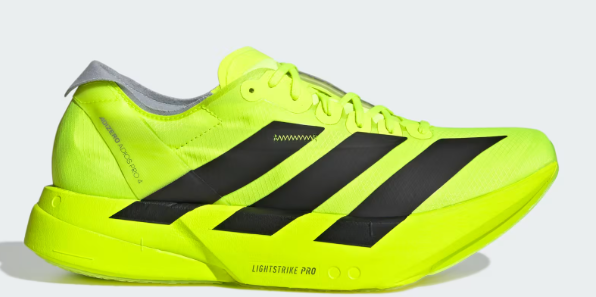
Reliable for Longevity and Tough Conditions: ASICS Metaspeed Edge+
If you’re logging hundreds of training miles before race day, durability matters. The ASICS Metaspeed Edge+ is constructed to withstand wear and tear without a drop in performance.
Its high-abrasion rubber outsole is designed for endurance, while the FF Blast Turbo foam retains bounce and structure over time. Designed with the cadence-style runner in mind — those who increase stride frequency over stride length — this shoe keeps you efficient even late in the race. It’s also versatile enough to be used for tempo runs, long runs, and speed work, making it a solid all-rounder for marathoners.
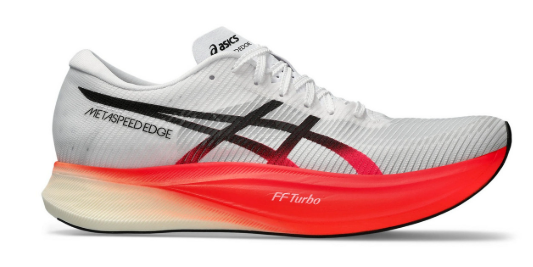
Best Performance for Budget-Conscious Runners: Puma Deviate Nitro Elite 3
For runners seeking elite-level features without the premium price tag, the Puma Deviate Nitro Elite 3 offers impressive value. It combines a carbon plate, responsive Nitro Elite foam, and a lightweight mono-mesh upper to deliver high-end performance at a competitive price.
The shoe feels snappy and agile, excelling on both fast runs and race day. With a fit that accommodates a variety of foot shapes and a grip-enhancing outsole, it doesn’t compromise on quality. For runners who want to perform well without overspending, this is a smart and satisfying choice.
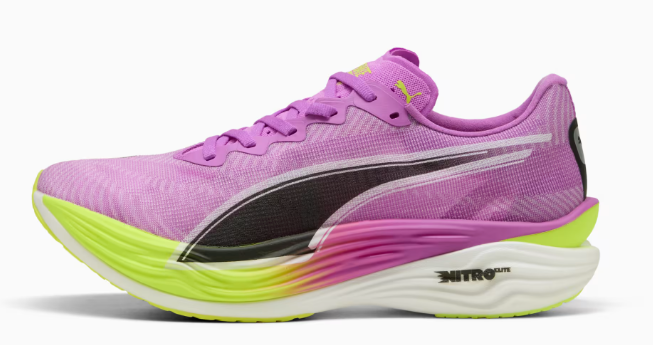
Marathon Shoe Buyer’s Guide: What You Need to Know
Choosing the right marathon shoe is about more than just brand loyalty or color options. To make a well-informed decision, you need to understand how shoes interact with your biomechanics and support your race-day goals.
Understand Your Gait Pattern
Before you invest in a shoe, know how your foot strikes the ground. Are you a heel striker who needs rearfoot cushioning? A forefoot striker looking for toe-off propulsion? Or maybe you overpronate and need added medial stability? Most running stores offer gait analysis, which can be invaluable in narrowing down your options.
Consider Your Training Volume
If you’re doing high mileage, you’ll need a shoe that balances cushioning and resilience. Max-cushioned trainers protect your joints and help you recover better between workouts. Reserve lightweight racing shoes with carbon plates for tempo runs and race day to extend their lifespan.
Prioritize Fit and Feel
No amount of tech can compensate for poor fit. Your marathon shoe should feel secure but not restrictive, leaving room for slight swelling during long runs. Consider trying shoes later in the day when your feet are more swollen, which mimics marathon conditions more accurately.
Race Goals Matter
The shoe you pick should reflect your goals. If you’re chasing a personal best, a high-performance racer with propulsion features is ideal. If you’re running to finish or prefer extra comfort, a cushioned and forgiving shoe may be more appropriate.
Weight vs. Cushioning
There’s a delicate trade-off between lightweight shoes and cushioned models. While lighter shoes can enhance speed and reduce fatigue, they sometimes lack the shock absorption needed for full marathon distances. Choose the lightest shoe that still meets your needs for protection and support.
Test Before the Big Day
Never break in new shoes on race day. Make sure you run several times in your marathon shoe before the event — including at least one long run. This helps prevent surprises in fit, hotspots, or discomfort when you’re pushing through the final miles.
Summary
The perfect marathon running shoe varies by individual, but the 2025 lineup offers something for every type of runner. Whether you prioritize speed, stability, comfort, or value, there’s a shoe tailored to your preferences and performance goals.
Take time to understand how each option complements your stride and supports your race-day ambitions. With the right shoe underfoot, you’ll be better equipped to conquer every mile — from the starting gun to the finish line.

